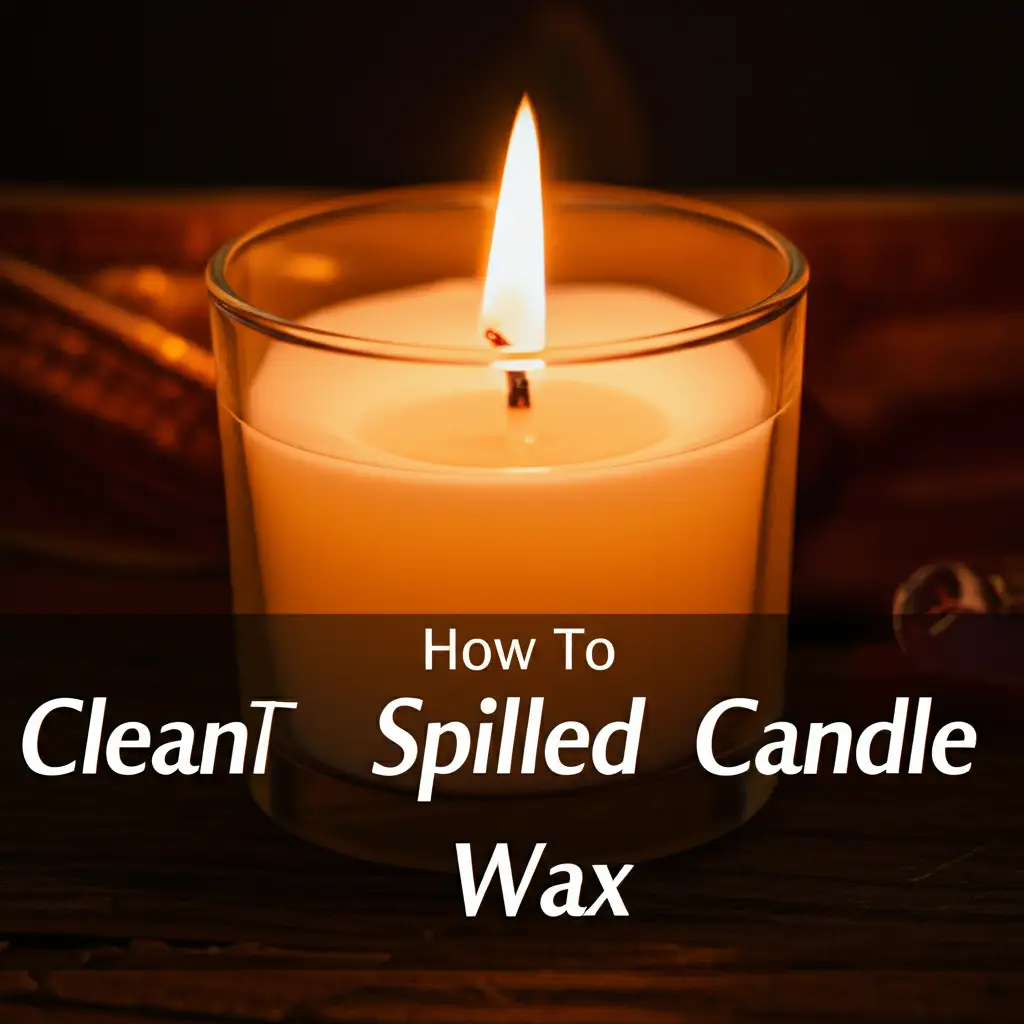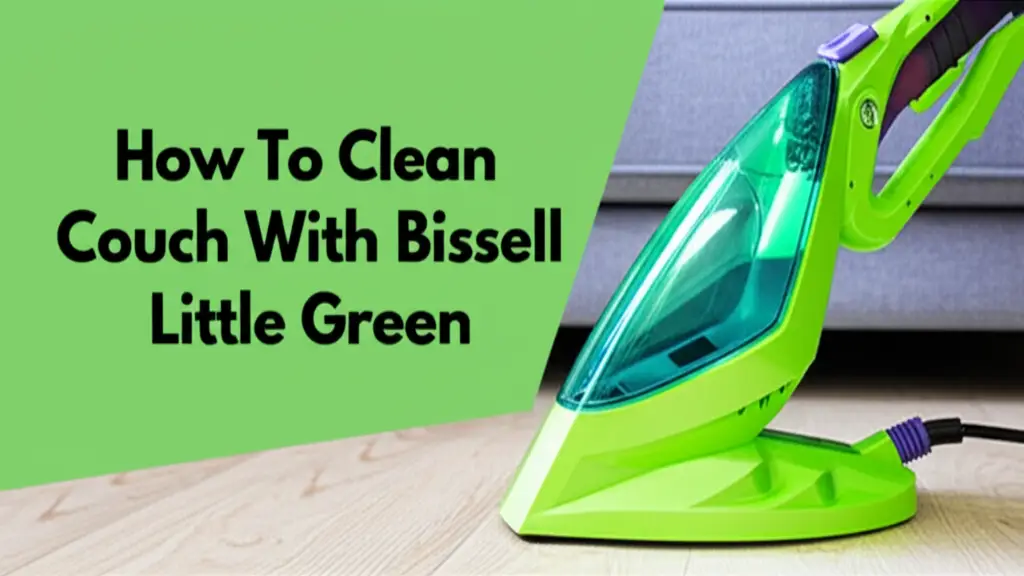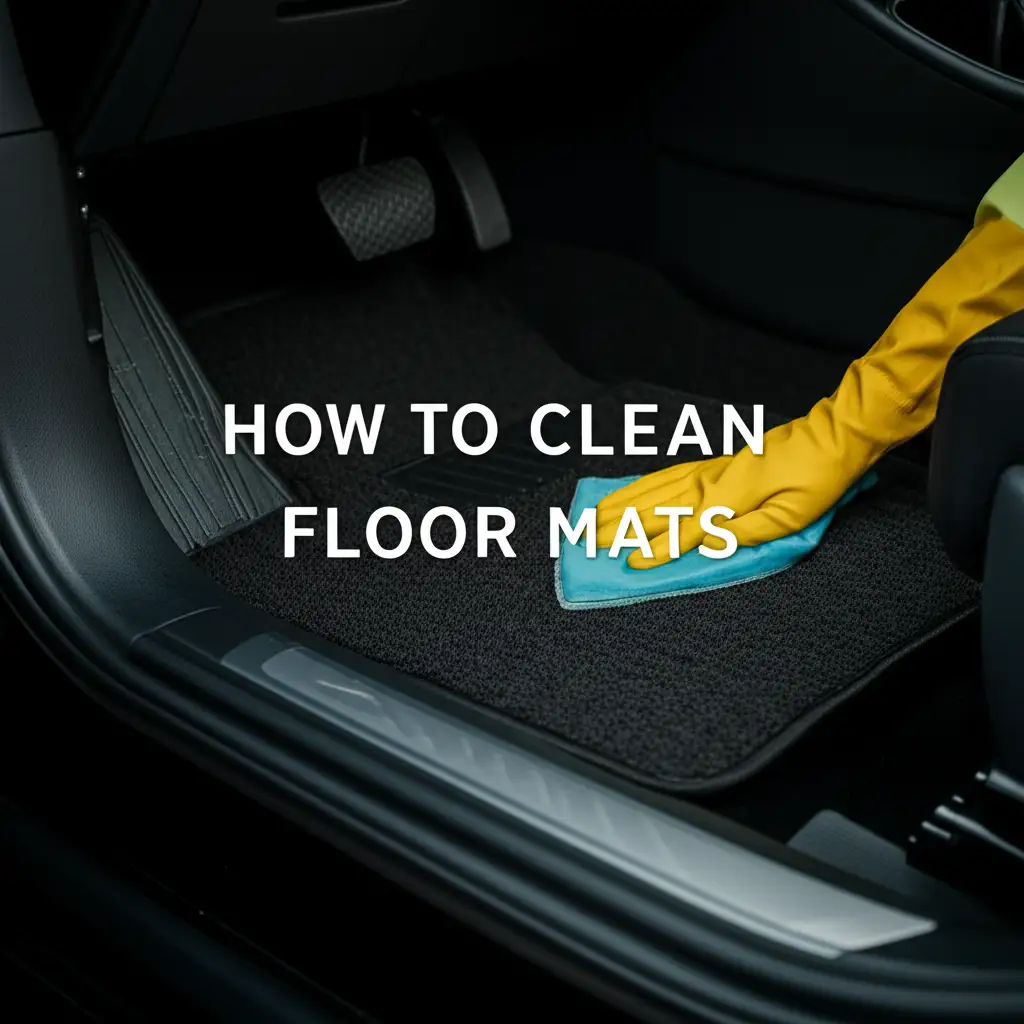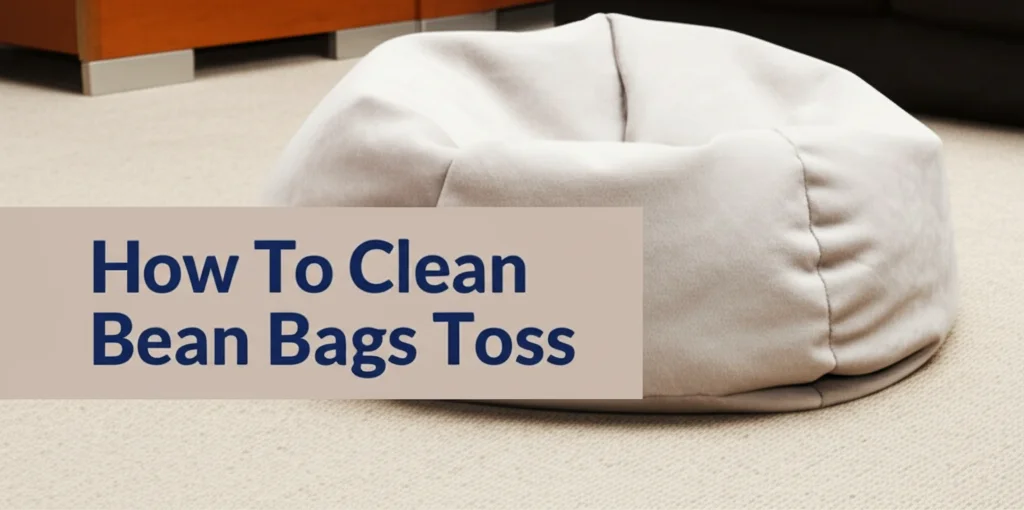· Home Cleaning · 16 min read
How To Clean Spilled Candle Wax

How To Clean Spilled Candle Wax Effectively
A spilled candle can cause a moment of panic. That beautiful glow quickly becomes a sticky mess on your favorite rug, wooden table, or even clothing. Many people wonder if they can truly remove wax without damaging the surface.
I know the frustration of seeing that waxy blob. But do not worry. This guide helps you clean spilled candle wax. We will cover different methods for various surfaces.
You will learn how to handle wax on fabrics, hard floors, glass, and more. We will also share tips to prevent future spills. This article gives you the steps to restore your home.
Takeaway
- Act quickly but calmly: Let the wax cool and harden slightly before attempting removal.
- Understand your surface: Different materials require different cleaning methods (heat, cold, scraping).
- Test in an inconspicuous area: Always test cleaning agents or heat methods first to prevent damage.
- Gather the right tools: Essential items include ice, an iron, paper bags, butter knives, and cleaning solutions.
- Prevent future spills: Proper candle placement and stable holders reduce risks.
To clean spilled candle wax effectively, first let the wax cool and harden. Then, use a blunt object to carefully scrape off excess wax. For soft surfaces like carpet, apply ice to freeze the wax before scraping or use a warm iron with paper towels to absorb it. For hard surfaces, gently scrape or use heat to soften and wipe away the residue.
Preparing for Candle Wax Removal
When candle wax spills, your first thought might be to wipe it immediately. This is often not the best approach. Hot wax can spread further and embed deeper into fibers. It is important to prepare the area and your tools before you begin cleaning. I have learned this through experience. Trying to rub hot wax usually makes the problem worse.
The best first step is to let the wax cool and harden. This might take a few minutes or longer, depending on the amount spilled. Hardened wax is easier to scrape. Soft wax smears. Once the wax is firm, you can begin the removal process. Identify the surface material. This helps you choose the correct cleaning method. Carpet needs different treatment than wood. Glass requires specific care too.
Gather your cleaning supplies. You will need a few common household items. These might include ice cubes, an old iron, paper towels or brown paper bags, a blunt scraper (like a credit card or butter knife), and a soft cloth. Some spills might also benefit from rubbing alcohol or a commercial wax remover. Having everything ready saves time. It makes the cleaning process smoother. Be ready to protect the surrounding area. You do not want the wax to spread further.
Cleaning Wax from Fabric and Carpet
Spilled candle wax on fabric or carpet seems like a disaster. However, these materials often respond well to common wax removal methods. The key is to lift the wax, not spread it. I have cleaned many wax spills from my own rugs. It takes patience but the results are worth it.
For fabric items like clothing or tablecloths, first let the wax harden completely. You can speed this up by placing an ice pack over the wax. Once hard, gently pick off as much wax as you can. Use your fingernail or a dull knife. Be careful not to damage the fabric fibers. Next, place a brown paper bag or several layers of paper towels over the wax stain. Use a warm iron (no steam) to iron over the paper. The heat from the iron will melt the wax. The paper will absorb the melted wax. Move the paper to a clean spot as it absorbs wax. Repeat this process until no more wax transfers to the paper. You might need to change the paper several times. After the wax is gone, you may have a slight oil stain. This can often be removed with a stain remover or by washing the item according to its care instructions.
Carpet wax removal uses similar principles. Let the wax harden first. You can place ice cubes in a plastic bag on top of the wax to freeze it faster. Once the wax is brittle, break it into smaller pieces. Carefully scrape off as much as possible with a dull knife or spoon. Do not dig into the carpet fibers. Then, place a brown paper bag or a clean, old towel over the remaining wax. Heat the paper or towel with a warm iron. The wax will melt and transfer to the paper or towel. Keep moving the paper or towel to a clean section until all the wax is absorbed. If a colored stain remains, dab it with rubbing alcohol or a carpet cleaner. Always test these solutions on a hidden area of the carpet first. This prevents discoloration.
Removing Wax from Hard Surfaces
Hard surfaces like wood, tile, laminate, or concrete need a different approach for wax removal. They do not absorb wax like fabrics do. This often makes removal easier, but care is still necessary to avoid scratching the surface. I have removed wax from my wooden dining table multiple times. It is a straightforward process when done correctly.
For most hard surfaces, the first step is to let the wax harden. If it is already hard, you are ready to start. If the wax is still soft, you can use an ice pack to chill it. Once firm, you can often scrape off the majority of the wax. Use a blunt object like a plastic scraper, an old credit card, or a wooden spoon. Avoid metal knives or sharp objects that could scratch the surface. Hold the scraper at a low angle and push away from yourself. The wax should peel off in chunks. For stubborn pieces, you might need to re-chill the wax or gently warm it.
After scraping the bulk of the wax, a thin film or residue might remain. For wood surfaces, you can gently rub the area with a soft cloth dampened with mineral spirits or a wood cleaner. Always test these products in a hidden spot first. This checks for any adverse reactions like discoloration. For tile or laminate, rubbing alcohol or a mild all-purpose cleaner can remove the remaining residue. Apply it to a cloth and wipe the area clean. For concrete or stone, a stiff brush might help remove any remaining fragments after scraping. You can also use a mixture of warm water and a little dish soap. Rinse the area thoroughly afterward. This ensures no slippery residue is left behind.
Dealing with Wax on Glass and Metal
Glass and metal surfaces often show wax spills clearly. These materials are non-porous. This means wax does not soak into them. This makes cleaning wax from them relatively simple compared to fabrics. I often clean wax from my candle holders. The process is usually quick and effective.
For glass items, like candle holders, windows, or tabletops, first let the wax cool completely. If it is still soft, you can chill the glass object in the freezer for about 15-20 minutes. This makes the wax brittle and easy to remove. Once the wax is hard, use a dull knife or a plastic scraper to gently chip away the large pieces. The wax should pop right off. For stubborn bits or a waxy film, warm water and dish soap can help. You can also use rubbing alcohol or a glass cleaner. Apply it to a soft cloth and wipe the surface clean. For very stubborn wax, a hairdryer on a low setting can soften the wax. Then, wipe it away with a paper towel. Be careful not to overheat the glass. You can also find specific tips on how to clean candle wax off glass for more details. Similarly, learn more about how to clean wax off glass for general glass cleaning methods.
Metal surfaces, such as candlestick holders, decorative items, or even appliance parts, can also get wax spills. Like glass, let the wax harden. You can put smaller metal items in the freezer. Once hard, gently scrape off the wax with a plastic scraper or your fingernail. Metal is generally more durable than wood or glass. However, avoid scratching polished or delicate finishes. For residual wax, a soft cloth dampened with warm water and dish soap works well. Rubbing alcohol or mineral spirits can also remove sticky residue. Always test these on a small, hidden area of the metal first. This ensures they do not discolor or damage the finish. Wipe the metal clean and dry it thoroughly to prevent water spots or rust.
Specialized Wax Cleaning Scenarios
Sometimes, wax spills happen on unusual or delicate items. These situations require extra care to avoid damage. Cleaning these items can be trickier. I have faced spills on items that seemed impossible to clean. But specific methods can still work.
For electronics or items with small crevices, like certain small decorative objects or even a menorah, direct heat or scraping might be risky. If wax spills on a menorah, for example, you can often use the freezer method. Place the menorah in the freezer for about 30 minutes. The wax will become brittle. Then, use a toothpick, a Q-tip, or a soft brush to carefully chip and brush away the hardened wax. Avoid using sharp metal objects that could scratch the finish. For extremely tiny spots, a blast of compressed air might help dislodge very small, frozen wax particles. Be gentle. Learn more about how to clean wax off menorah for specific tips.
When dealing with wax on sensitive surfaces, like certain types of artwork, delicate fabrics not suitable for ironing, or items with intricate designs, professional help might be the best option. However, for minor spills, a very gentle approach is necessary. You can try freezing the wax with an ice cube held carefully near the spill, then gently picking at the wax with tweezers or a dull plastic tool. Do not rub or apply strong pressure. Chemical cleaners can damage delicate finishes. Always test any cleaner in an unseen spot first. For objects like small electronics, such as if you were to consider how to clean wax out of airpods, the freezing method followed by gentle picking or brushing is often safest. The main goal is to remove the wax without causing further harm.
Preventing Future Candle Wax Spills
The best way to deal with spilled candle wax is to prevent it from happening. A little planning can save you a lot of cleaning time and frustration. I always take steps to make sure my candles are safe. Preventing spills is easier than cleaning them.
First, always place candles on a stable, flat surface. A wobbly table increases the risk of a tip-over. Make sure the surface is not easily damaged by heat. Use a protective candle holder or tray. These catch any drips or spills. A wide base helps stabilize the candle. Choose holders that are large enough to contain any potential overflow. Avoid placing candles near edges where they could be knocked off. This simple step stops many spills before they start.
Second, consider the environment where you burn candles. Keep candles away from drafts, open windows, or air vents. Air currents can cause flames to flicker, leading to uneven burning and wax drips. Drafts can also blow lightweight curtains or papers into the flame. This creates a fire hazard and increases spill risk. Never leave burning candles unattended. Always extinguish candles before leaving a room or going to sleep. Keep candles out of reach of children and pets. Their curiosity can easily lead to a knocked-over candle and a messy spill. By following these prevention tips, you greatly reduce the chances of ever needing to clean spilled candle wax again.
Essential Tools and Supplies for Wax Cleanup
Having the right tools ready makes wax cleanup much easier. You likely have most of these items around your house. I always keep a few of these handy. They are simple but effective.
Here is a list of essential items:
- Ice Cubes/Ice Packs: These are great for freezing wax on fabrics, carpets, and small hard items. Freezing makes wax brittle and easy to break off. Put ice in a plastic bag to prevent water marks.
- Dull Scraper: An old credit card, a plastic spatula, or a butter knife works well. Use this to gently scrape off hardened wax without scratching surfaces. A wooden paint stirrer can also be good.
- Brown Paper Bags/Paper Towels: These are essential for the iron method on fabrics and carpets. They absorb melted wax. Ensure they are plain brown paper, not glossy or printed.
- Old Iron: A regular household iron on a low, no-steam setting is perfect for melting wax into paper. Do not use steam; it can set the stain.
- Hair Dryer: A hairdryer on a low or medium setting can gently soften wax on hard surfaces like wood or glass. This allows you to wipe it away. Be careful not to overheat surfaces.
- Soft Cloths/Paper Towels: For wiping away softened wax or applying cleaning solutions. Microfiber cloths are good for polished surfaces.
- Rubbing Alcohol (Isopropyl Alcohol): Effective for dissolving wax residue or slight oil stains on many hard surfaces and some fabrics. Always test first.
- Mineral Spirits: Useful for wax residue on wood. Again, test in an inconspicuous area.
- Dish Soap: A few drops of dish soap in warm water can clean wax residue from glass and some hard surfaces.
- Vacuum Cleaner: After scraping and removing most of the wax from carpets, a vacuum can pick up small crumbs.
- Freezer: For small items, putting them in the freezer helps solidify the wax quickly.
Having these items on hand means you are prepared for any candle wax spill. You will not have to scramble to find supplies. This makes the cleaning process faster and less stressful. You can effectively tackle different types of wax stains with these basic tools.
What to Do After Cleaning the Wax
After you successfully remove the bulk of the spilled candle wax, your job is not quite finished. There might be residual stains or a greasy film. Taking a few extra steps ensures the surface is truly clean. I always make sure to do a final check. This makes sure no trace of the spill remains.
First, inspect the area carefully for any remaining wax residue or discoloration. If there is a greasy stain left, especially on fabric or carpet, you will need to treat it. For fabrics, a good quality stain remover formulated for grease can be effective. Apply it according to the product instructions. Then, wash the item if it is washable. For carpets, you can blot the area with a cloth dampened with a small amount of rubbing alcohol. Remember to always test in an hidden area first. This prevents damage to the carpet fibers or color. You can also use a dedicated carpet cleaner for oil-based stains.
For hard surfaces like wood or tile, a slight haze might remain. On wood, polish the area with furniture polish or a wood cleaner. This restores its shine. On tile or laminate, wipe the area with an all-purpose cleaner or warm, soapy water. Ensure you rinse off any soap residue. This prevents a dull film from forming. For glass surfaces, a final wipe with glass cleaner makes them sparkle. This removes any streaks or smudges. Taking these final steps ensures your surface looks as good as new. You will feel satisfied knowing the wax spill is completely gone.
FAQs About Cleaning Spilled Candle Wax
Can I use a hairdryer to remove wax from carpet?
Yes, you can use a hairdryer to remove wax from carpet. Set it to a low heat. This softens the wax. Then, blot the melted wax with a paper towel or a brown paper bag. The paper absorbs the wax. Move the paper to a clean spot as it gets saturated. Repeat until the wax is gone.
How do I get colored candle wax stains out?
Colored candle wax can leave a dye stain. After removing the wax, treat the remaining dye. For fabrics, use a stain remover safe for that material. For carpets, dab with rubbing alcohol or a hydrogen peroxide solution. Always test on a hidden area first. Rinse the area well after treatment.
Is it better to melt or freeze wax for removal?
The best method depends on the surface. Freezing works well for porous materials like fabric and carpet. It makes the wax brittle and easy to scrape. Melting is good for hard, non-porous surfaces like glass or wood. It allows the wax to be wiped away. Sometimes, a combination of both is effective.
Can I use household solvents like nail polish remover?
Nail polish remover contains acetone, which can dissolve wax. However, it can also damage or discolor many surfaces. It might strip finishes from wood or melt certain plastics. It can also bleach fabrics. I recommend testing it in a very hidden spot first. Use it with extreme caution, or avoid it if possible.
What if wax spills on electronics?
For electronics, do not use heat or liquids directly. Let the wax cool and harden. Then, gently scrape off large pieces with a plastic tool. For small bits, use a toothpick or cotton swab. If the wax is in crevices, freeze it with an ice pack held nearby. Then, carefully pick it out. If unsure, consult a professional.
How do I remove wax from concrete or stone?
Let the wax harden on concrete or stone. Scrape off the bulk of the wax with a dull scraper. For remaining residue, you can try applying ice to make it brittle, then scrape again. For stubborn stains, a stiff brush with warm, soapy water or a stone cleaner may help. Rinse thoroughly.
Conclusion
Cleaning spilled candle wax does not have to be a daunting task. By understanding the different methods for various surfaces, you can effectively tackle almost any wax spill. Remember to let the wax cool and harden first. Then choose the right tool and technique for the specific material. Whether it is using ice for carpet or heat for glass, each method aims to lift the wax without damage.
I hope these tips help you restore your home. Preventing spills is always the best strategy. Proper candle placement and stable holders can save you a lot of effort. But when accidents happen, you are now equipped to handle them. You can keep your home clean and beautiful. Do not let spilled candle wax ruin your day. With a little knowledge and patience, you can make those wax stains disappear.
- wax removal
- candle spills
- home cleaning tips
- stain removal




